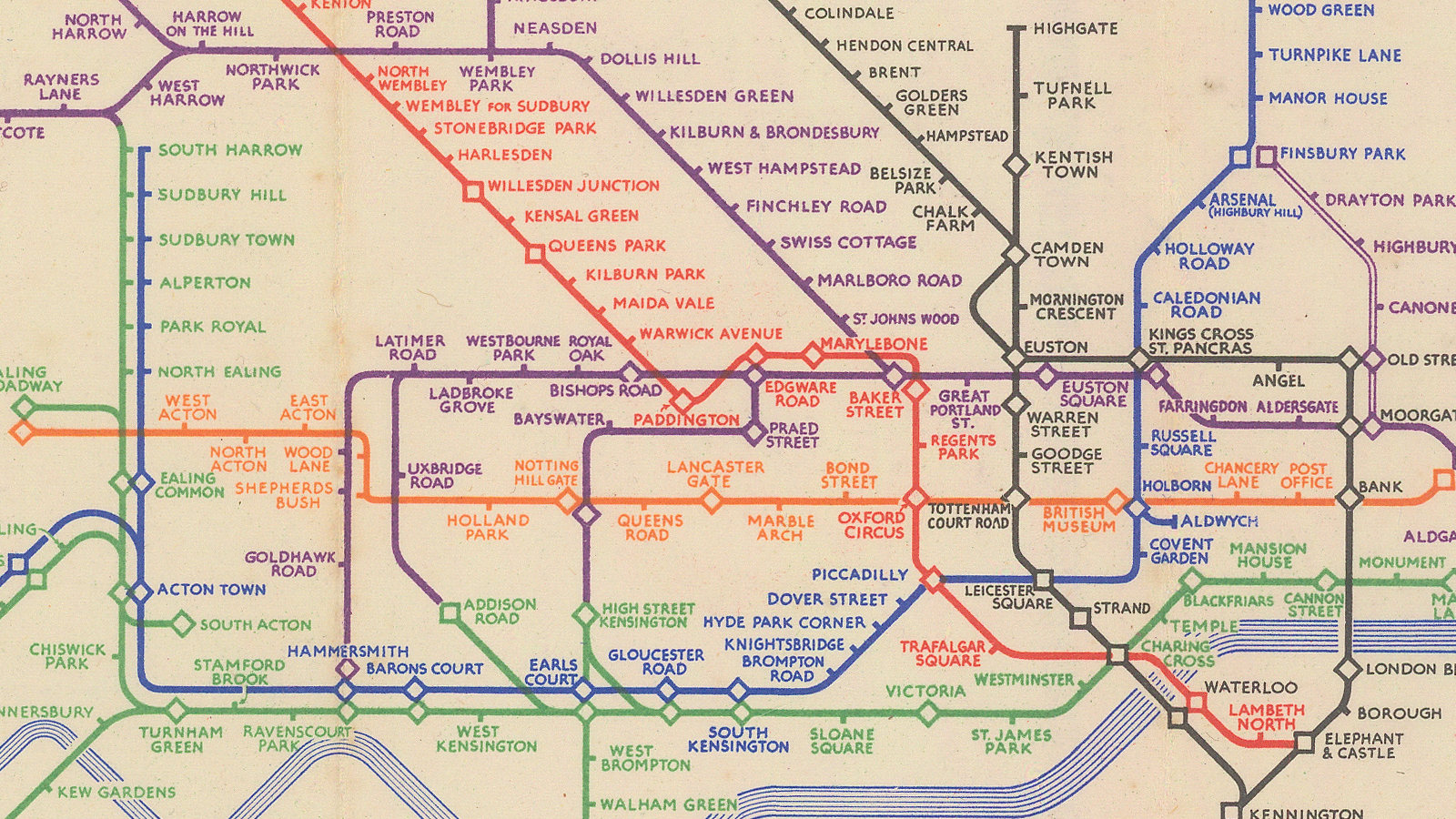
This new exhibition at The Map House in London’s Knightsbridge focuses on the capital’s underground railway, the world’s first. ‘Mapping the Tube: 1863-2023’ (on view 25 October – 30 November 2024) chronicles 160 years of making cartographical sense of the tangle of lines, stations and interchanges that have been hollowed out of London’s clay, clawing their way to the surface and reaching deep into the capital’s suburbs, north, south, east and west.
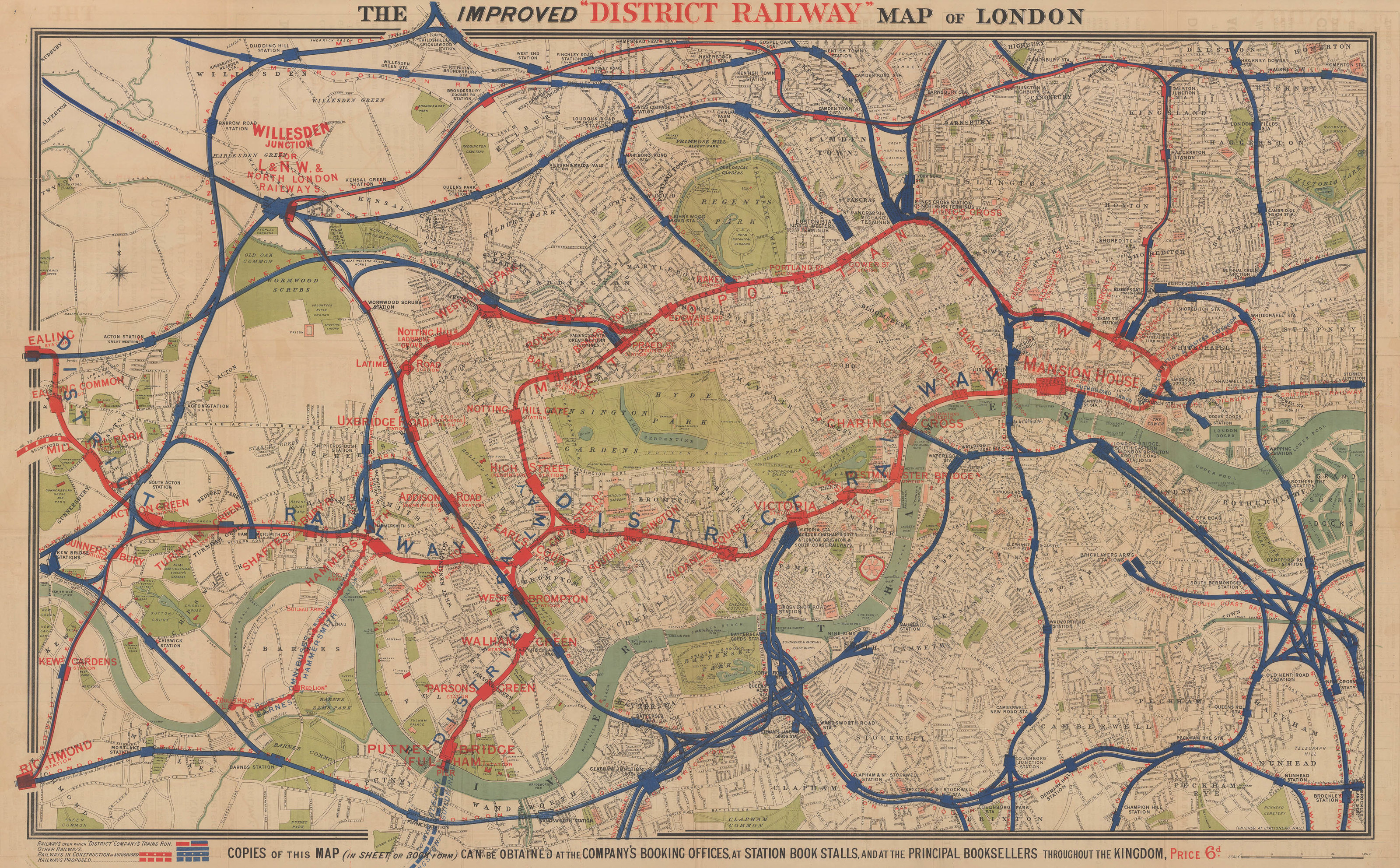
Part urban history lesson, part celebration of London’s Tube system, the exhibition includes maps dating all the way back to the opening of the Metropolitan Line in 1863, an event that gave mapping-minded Victorians the chance to create new guides to the lines beneath their feet. Some of these chaotic but charming maps are on display, the vast majority of which tried to shoehorn the literal system diagram into something that was geographically accurate.
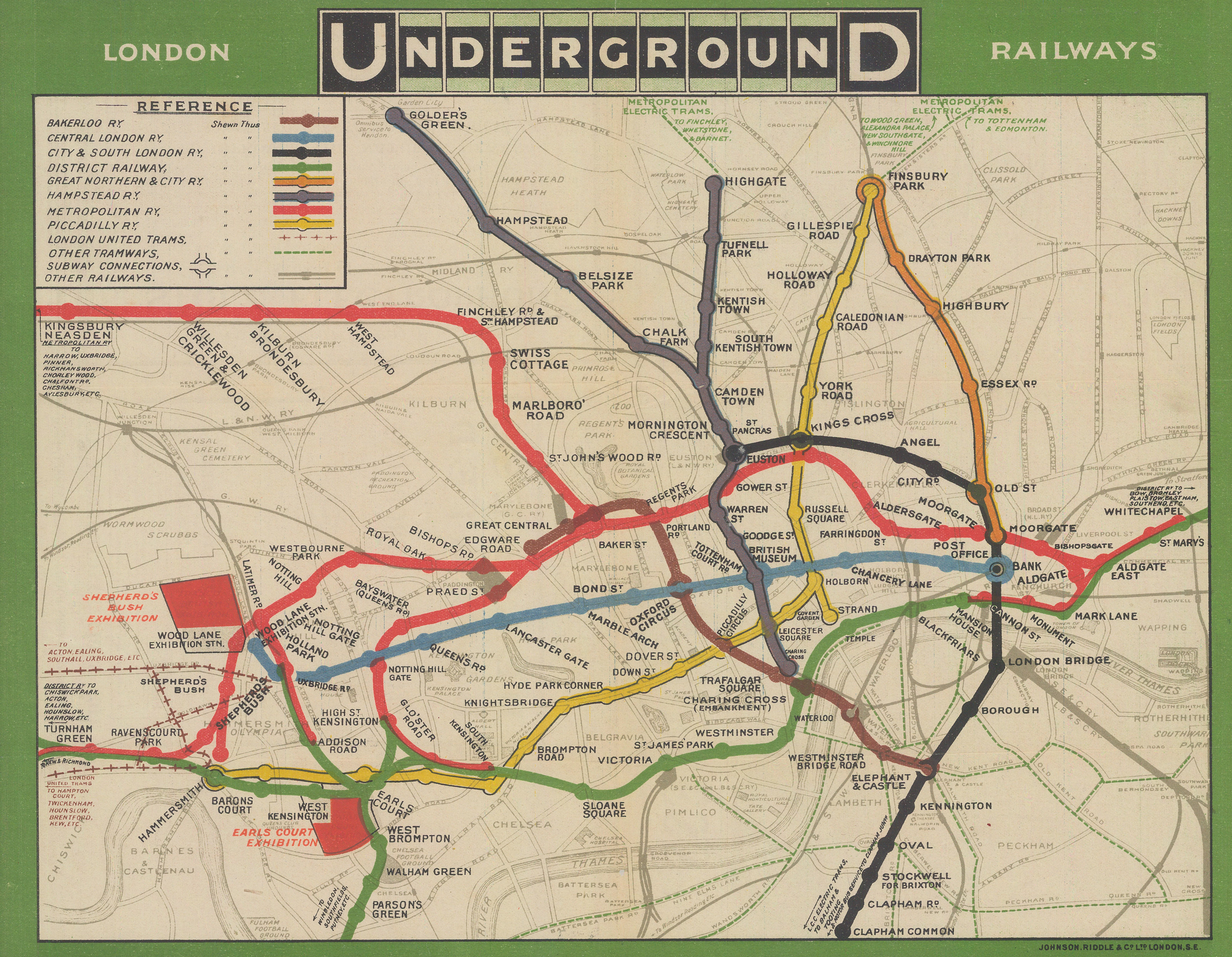
For admirers of early 20th-century design, the show’s major draw is the inclusion of key works by Harry Beck. It was Beck who shaped the Tube Map as we know it today, spending two years developing the map before it was first published in 1933; after many evolutions and revisions, it is still very much a part of the Tube’s aesthetic. Beck’s engineering background supposedly gave him the idea of abstracting the spaghetti tangle of lines, laying out everything as if it were a circuit diagram.
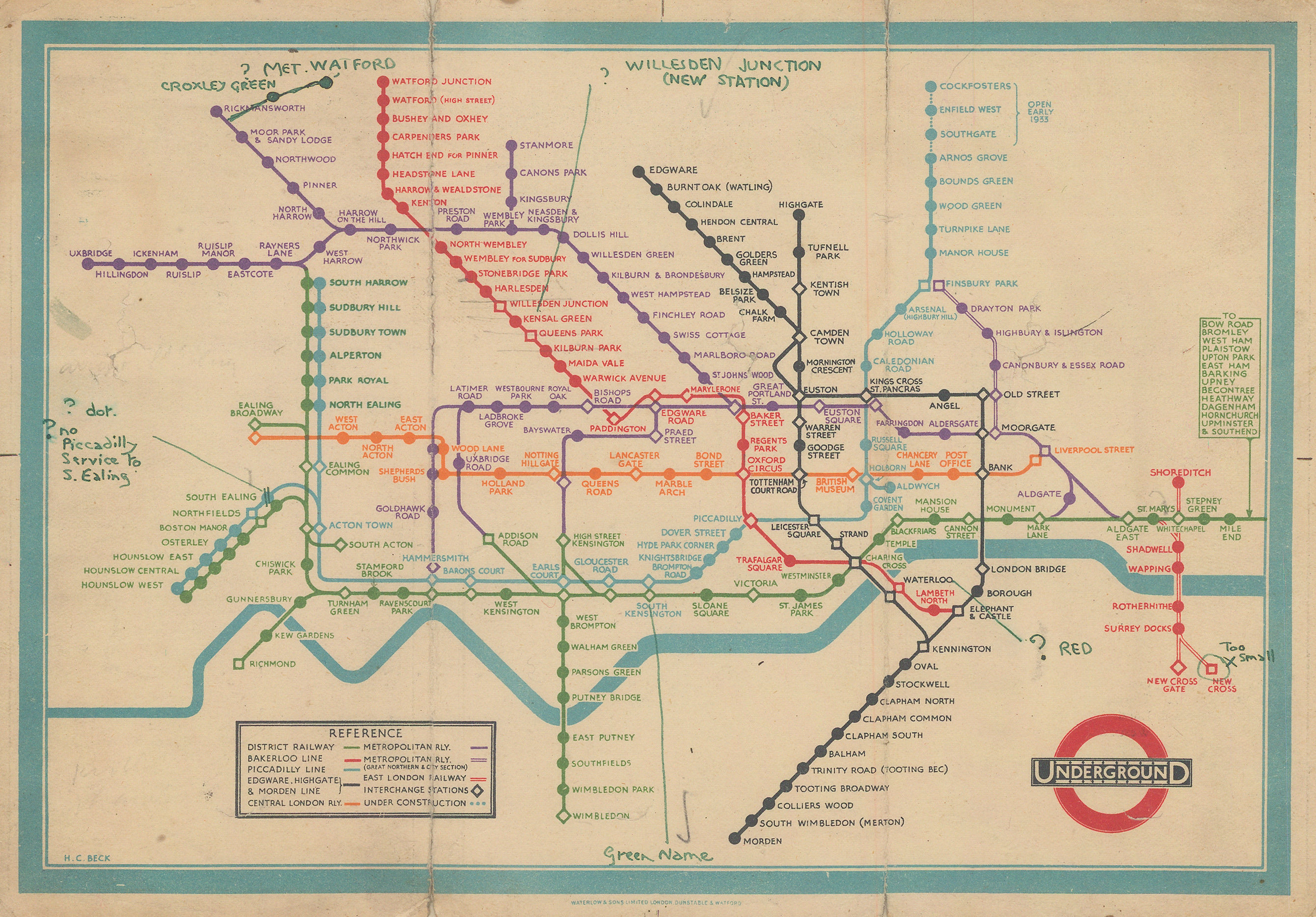
Imitators were legion (the 1939 Sydney Suburban and City Underground Railway Map is on display in the exhibition), right up to the present day. The abstraction gives little hint of the cityscape above, but Beck reasoned that the Tube’s passengers cared more for connections and routes, not their precise location. This mental shift arguably changed the perception of the city itself, not just the Underground.
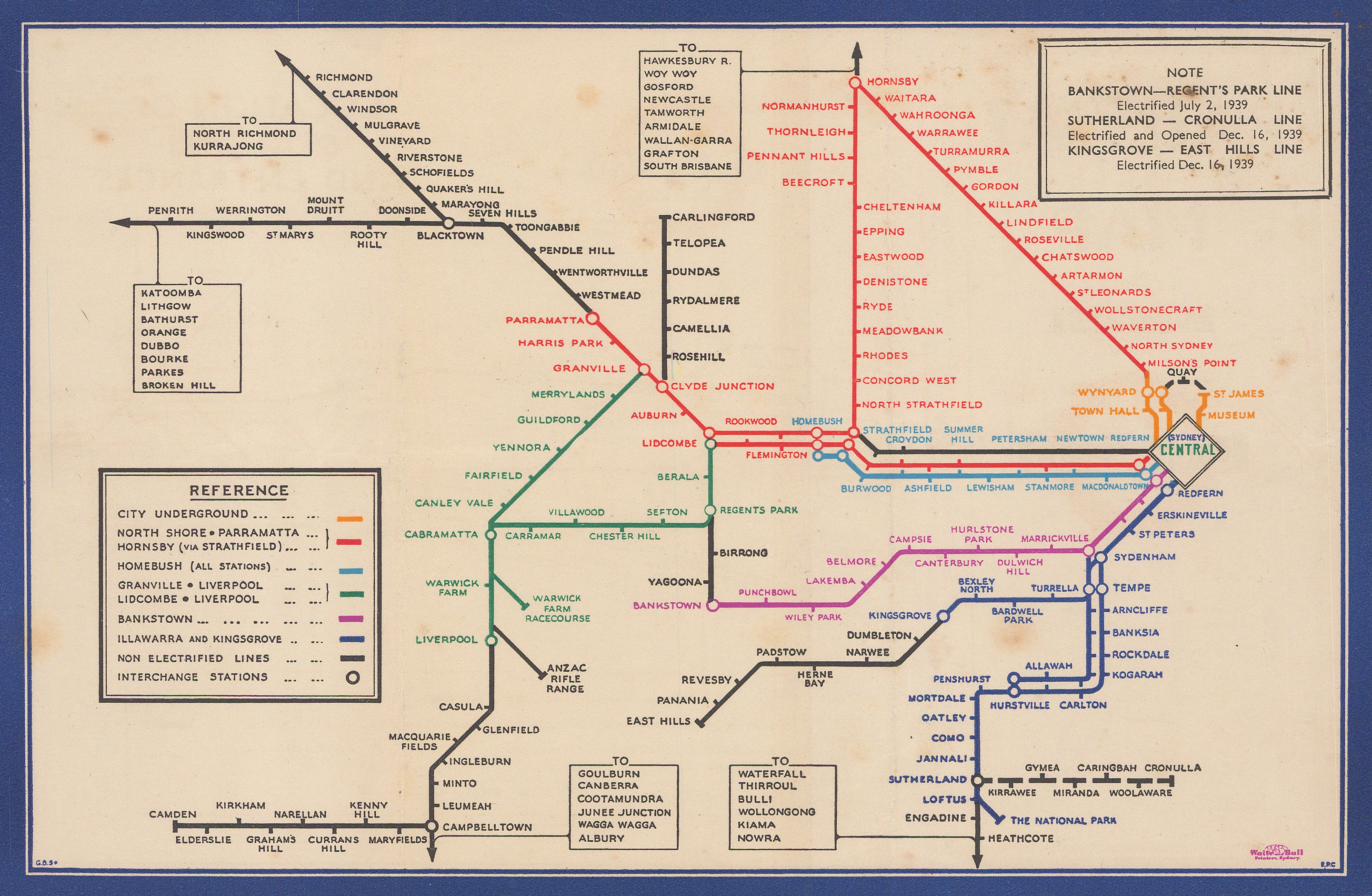
On show are examples of Tube maps from 1863 to 2023, along with a collection of drawings and manuscripts belonging to Beck. These came from the collection of his friend and biographer, the late designer, writer and educator Ken Garland, and give a special insight into the design process, which Beck viewed as a complex puzzle to be endlessly tinkered with for decades to come.
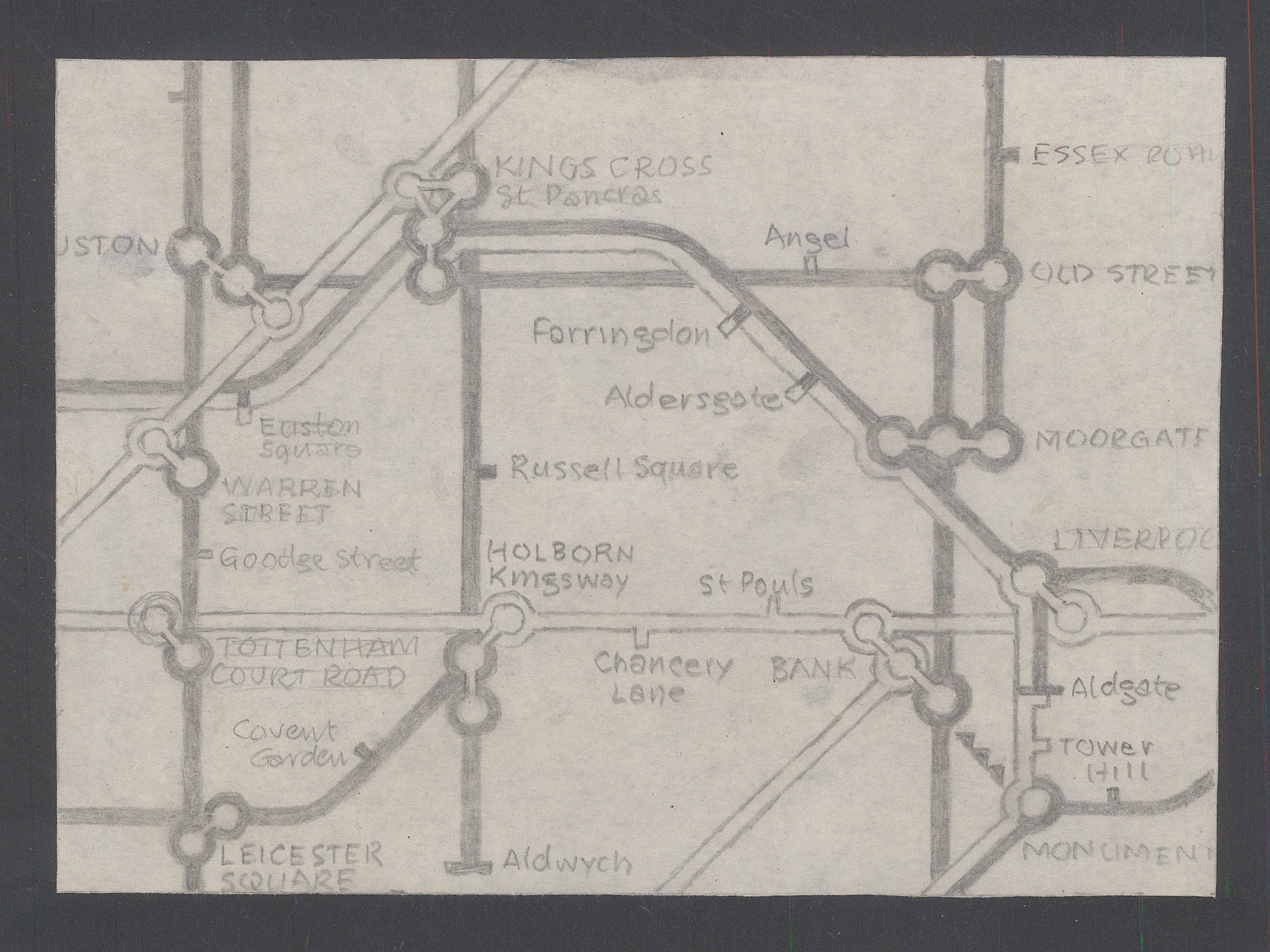
Beck’s work, completed under the oversight of publicity manager Frank Pick and seen alongside the architecture of Charles Holden, gave London Underground what we’d now describe as a ‘corporate identity’, a unified design approach that embraced everything from stations to seating, fabrics, signage, typography and even the artworks that exhorted customers to visit London’s many attractions by Tube. It’s a cohesive approach that has survived right up to the Elizabeth Line.
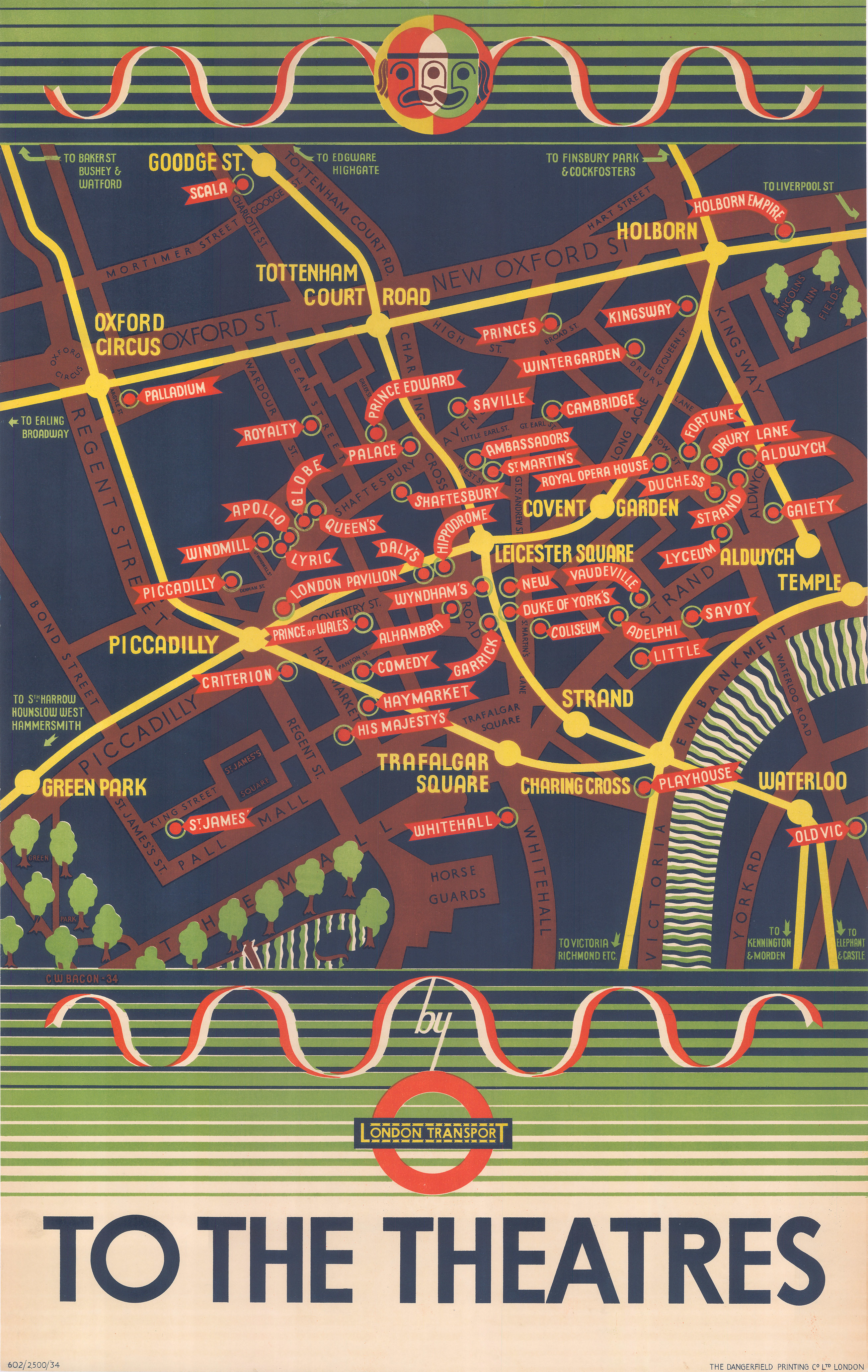
The Map House gallery can trace its origins back to 1907, when it was a cartographic store and specialist publisher catering to explorers, travellers and the military. Located on Beauchamp Place since 1973, the gallery has recently restarted its publishing arm and holds frequent selling exhibitions. The works on display in ‘Mapping the Tube’ are all for sale, should you want your own piece of London’s transport history.
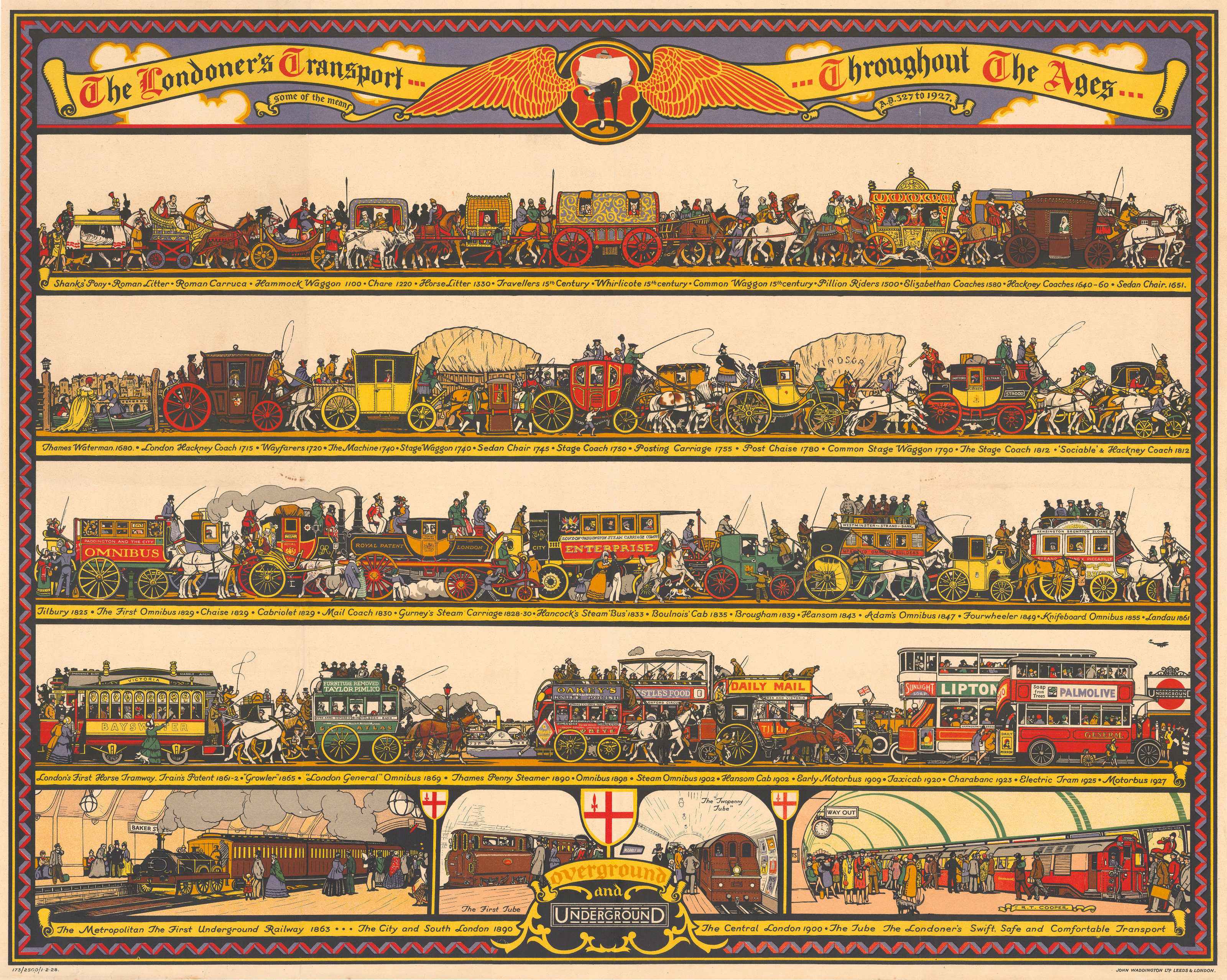
‘Mapping the Tube: 1863-2023’ is at The Map House, 54 Beauchamp Place, Knightsbridge, London, SW3 1NY, from 25 October – 30 November 2024, TheMapHouse.com, @themaphouse







